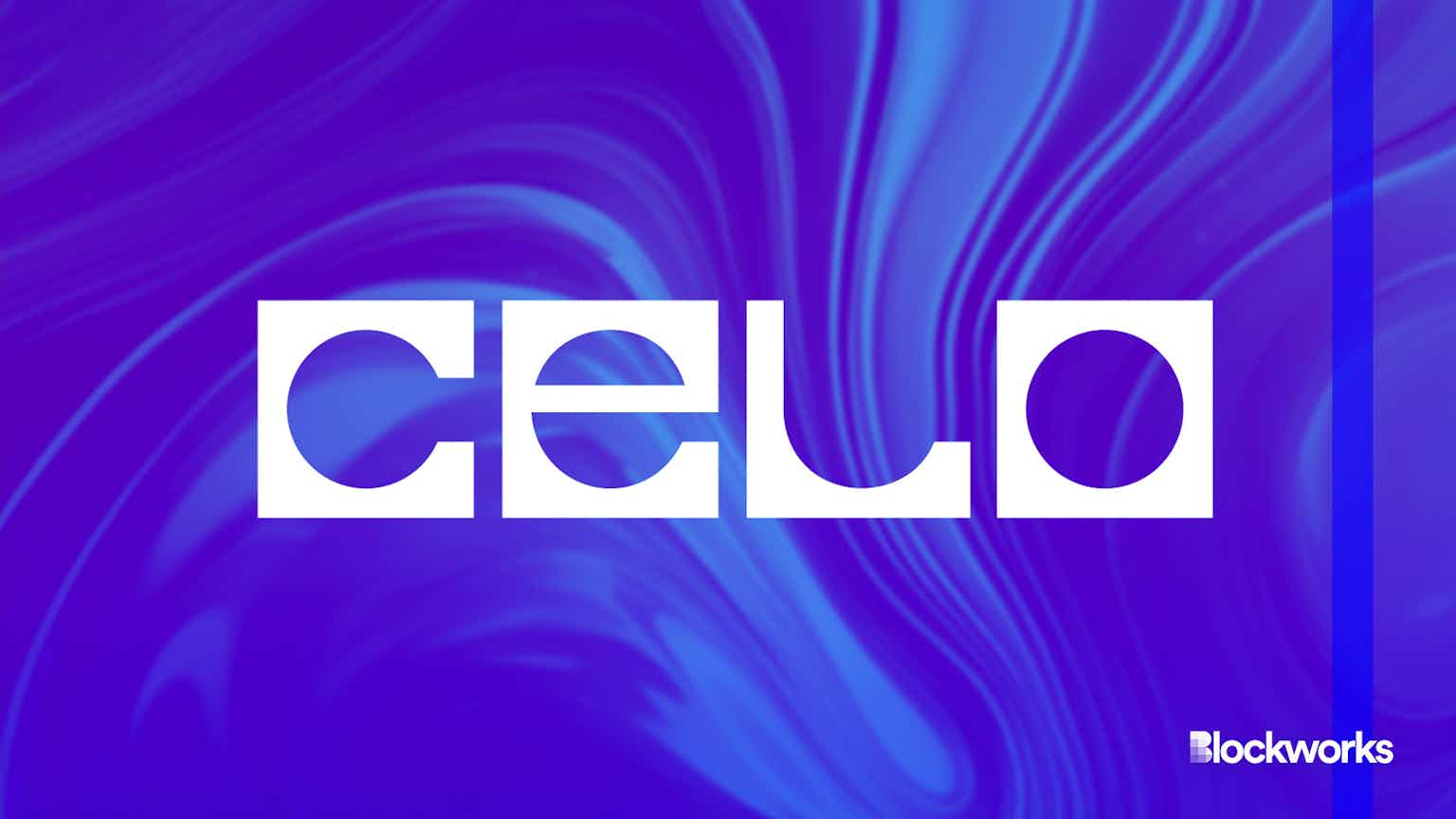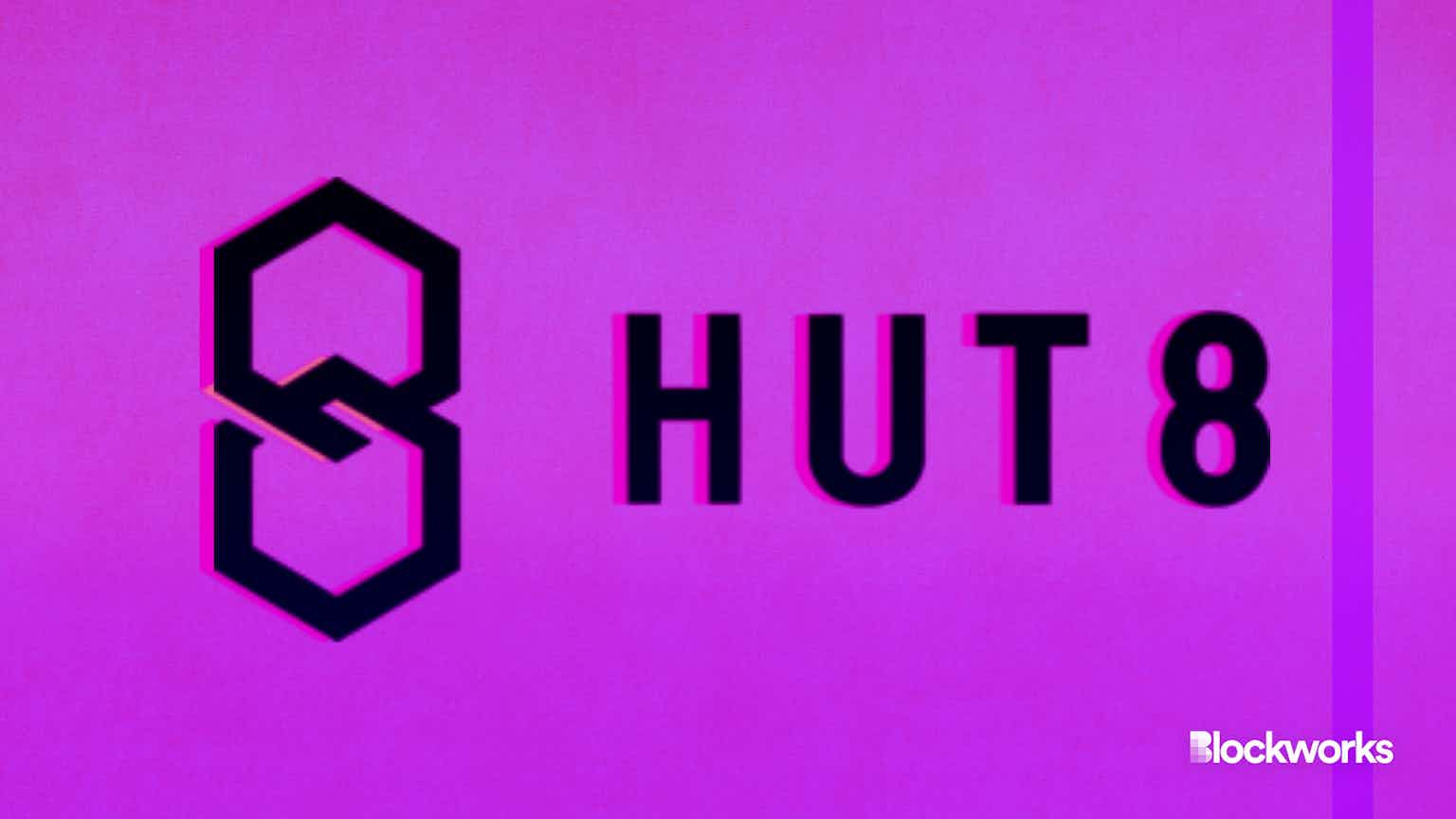Glenn Hutchins on NFTs, Digital Copper and the Decentralized Future of Finance
Glenn Hutchins sees NFTs as one of the first good use cases for digital assets. As a technology investor, Hutchins is interested in building companies that use digital assets for applications and believes that the industry needs to show people what […]
key takeaways
- Hutchins sees NFTs as good use cases for digital assets
- He believes the industry needs to show people what good applications are
Glenn Hutchins sees NFTs as one of the first good use cases for digital assets.
As a technology investor, Hutchins is interested in building companies that use digital assets for applications and believes that the industry needs to show people what good applications are in order for them to understand. Speaking to the audience of an online Bloomberg event on Thursday, he cited NBA Top Shot as a good example.
“This is the first application of a product that is in the public seat,” he said, adding that it could make people less obsessed with tokens and their prices and show the true value of the networks that power them.
The internet is witnessing an NFT craze. The market cap for NFTs was $338 million in 2020, compared to $142 million the year before. The number of active NFT wallets in 2020 grew 97% and buyers increased 67% from the previous year. They traded $250.8 million last year, a 299% increase from the year before.
Hutchins, co-founder of the $43 billion private equity firm Silver Lake Partners, was one of the earliest finance industry heavy-hitters to embrace bitcoin. More specifically, he endorsed the idea and potential of public blockchains, which at the time many tried to separate from the digital asset itself.
Earlier this month Hutchins launched a digital asset-focused venture capital fund called North Island Ventures with his partners James Hutchins, who is also his son, and Travis Scher, who was previously a vice president at Digital Currency Group.
Hutchins doesn’t agree with the popular digital gold narrative for bitcoin, but has long said that digital copper is a better analogy for it. Copper’s value grows or declines based on its use case, so while it is a store of value, it’s also an industrial metal used for a particular purpose — which is how people should be thinking about digital assets, he said.
“Just the way you buy metals, they can be stores of value and hedges against inflation,” he said. “But the primary purpose of bitcoin is not to just store the value, it’s to have a use case that makes it valuable.”
One of bitcoin’s biggest promises is that it allows two parties to transact directly, making basic functions like payments and clearing faster and cheaper and removing the need for banks to facilitate that activity.
Hutchins said there’s a good chance the financial institutions themselves will become decentralized too. Deposit-taking and lending will continue to be core, highly-regulated elements of money center banks, but income-generating bank services, like payments, custody, settlement and clearing, will be disrupted by bitcoin and other cryptocurrency technology, he said.
“You’re taking hierarchical institutions like JPMorgan, taking out the costs associated with their hierarchy and turning that control over to a broadly distributed community that validates transactions and takes on a huge amount of the cost associated with running a financial system,” he said.
Hutchins’ digital copper theory puts payments at the fore, proposing that bitcoin’s price should reflect the network’s utility as a global settlement layer. This is a break from the popular store-of-value narrative championed by the likes of Paul Tudor Jones, which positions bitcoin as a hedge against negative real rates.
Time will tell which narrative plays out, or if the two are even mutually exclusive.





